
PAD Program
Process
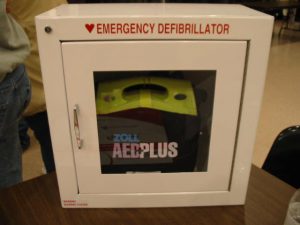
Step 1
Open the door and remove the unit. Alarm will sound alerting facility staff.
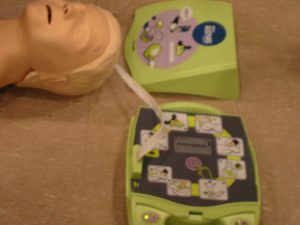
Step 2
Open the unit and position it above subject. Turn on the unit and follow voice prompts.
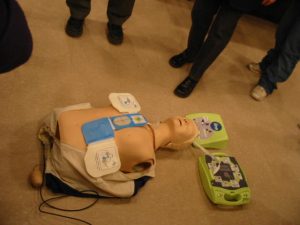
Step 3
Position pads as shown here.
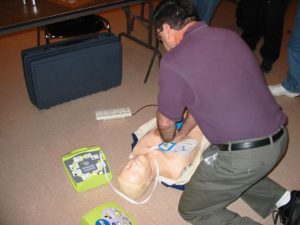
Step 4
Following the voice prompts, and apply CPR as directed by prompts.
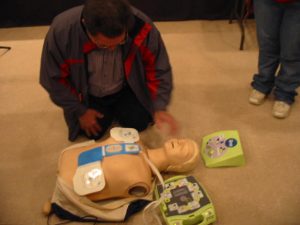
Step 5
Check the respiration as directed by the prompts.
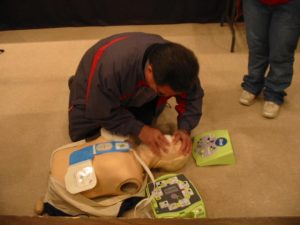
Step 6
Continue CPR as directed by the prompts.
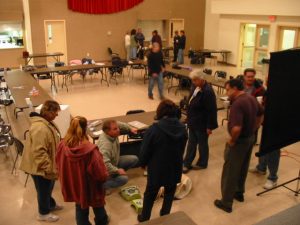
Step 7
The units are designed to be user-friendly but it never hurts to practice. Take a life saving CPR course today.
Public Locations
How To Get One
If you are a public sector not-for-profit entity submit your request to:
Jeffrey Pulvermacher
Chief of Algoma District Paramedic Services
1 Collver Road
Thessalon, ON
P0R 1L0
If you are a private sector entity:
Algoma District Paramedic Services will be happy to assist you with purchasing a defibrillator at a special discounted price from our supplier.
Please contact Deputy Chief Steven Beilhartz at 705-842-3370, Ext. 219 for more information.
Public Demonstrations
Having a Public Event or other gathering?
Request a Public Access Defibrillator Demonstration by contacting:
Jeffrey Pulvermacher
Chief of Algoma District Paramedic Services
1 Collver Road
Thessalon, ON
P0R 1L0
General FAQs
Public Access Defibrillation
Algoma District Paramedic Services has a life-saving program called PAD (Public Access Defibrillation) which makes Automated External Defibrillators (AEDs) available to interested industries, organizations, schools or retailers. As of April 2014, over one-hundred (100+) of these units have been deployed throughout the area of the District of Algoma administered by the Algoma District Services Administration Board. AEDs are tools to use when aiding a sudden cardiac arrest patient before Paramedics arrive on the scene.
For every minute that passes between a sudden cardiac arrest and the use of CPR and an AED, the chance of survival drops by 7-10%. After 10 minutes the survival rate is very low. The AED should only be used if the person has stopped breathing and loses consciousness; it helps increase the chances of survival for anyone suffering a cardiac arrest.
AEDs are small portable devices that analyze the electrical activity of a person’s heart and determine if the heart would benefit from applying energy (a shock). Simple audio and visual prompts lead the user through proper use of the AED. The unit works by assisting the heart to re-establish a regular rhythm. If a person’s condition will not be improved by receiving energy from the AED then the device will not deliver energy and will instruct the user to continue CPR.
Although AED training can be beneficial for individuals who work in and use facilities where an AED is located, training is not required to use an AED. A person should never hesitate to use an AED because they have not been trained. Anyone can turn the unit on and follow the audio and visual prompts provided. People need to liken AEDs to fire extinguishers; someone with training may be slightly more skilled at using one but anyone can do it!
For more information about the Algoma District Paramedic Services’ PAD program, training please use the links in the left margin.
The PAD program is an investment in the health of your community.